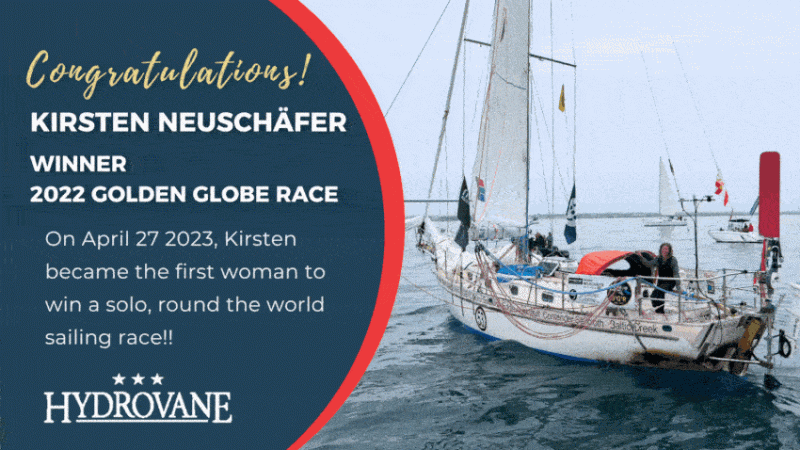
First Pacific Cup Boats Close in on Finish Line in Hawaii
Hawaii started serving Mai Tais to winners late Thursday evening as the TP52 Saga became the first boat to cross the Pacific Cup finish line off Kaneohe, HI with an elasped time of 7d 12:56:24 followed by the Wylie 70 Rage with an elapsed time of 7d 19:39:35. Lucky Ducky was third across the line and corrected out first in the Ocean Navigator ORR 2 fleet*.
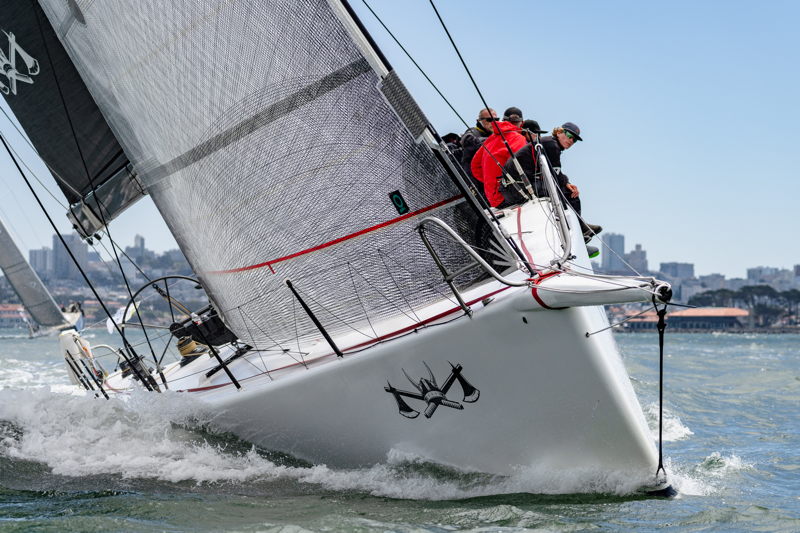
The J/125. Velvet Hammer finished with an elapsed time of 8d 14:55:48 correcting out first in Ocean Navigator ORR 1. On board Velvet Hammer are skipper/navigator James Nichols, with crew James Clappier, Chris Jordan, Will Paxton, Mike Blunt, and Cassidy Lynch.
At this stage the next boats are expected to tie up later today and throughout the weekend and coming week. At this stage five boats have retired: Rum Tum Tugger, Rapid Transit, Pendragon, Keaka, and Imagine.
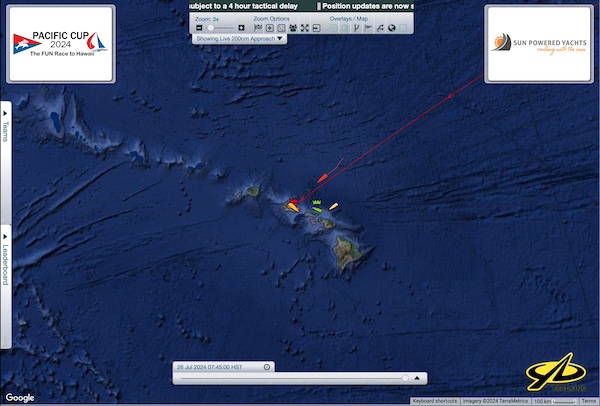
Latitude race editor Christine Weaver has been receiving communications from the crew aboard Pell Mell, who are currently estimated to finish on Sunday. This report came in early this morning. “Has been a crazy day of squalls, little sleep and sailing at mixed speeds. After last night’s squall encounter, it left us very tired and a bit gun shy. Some squalls have nothing, some 40+ kts. They have been a challenge for us for sure.” But we believe the crew are all doing fine and are in good spirits, even though they’re already “starting to pull clothes out of the ‘dirty bag’ from earlier in the race to replenish the ones we are soaking in.”
We don’t yet have any photos of the finishers, but we hope to share some soon on our social pages — Facebook.com/Latitude38 / Instagram.com/latitude38magazine and in next week’s ‘Lectronic.
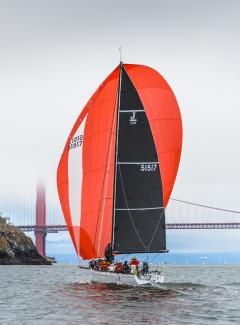
Fun fact: Pac Cup standings are usually shown on the tracker with a four-hour delay. Why? “That delay is one that has been applied since we started using trackers in about 2006. Its purpose is to preserve the ‘shooting in the dark’ aspect of offshore racers, where we normally don’t know where each other are till hours later. The last 200 miles are now shown live.”
The Pacific Cup, also known as the Fun Race to Hawaii, is 2070 miles across the Pacific from San Francisco to Kaneohe, Hawaii. It was first organized in 1980, and runs every even-numbered year, usually with a fleet of between 50 and 70 boats. This year a fleet of 64 boats took to the start lines, with entrants sailing under flags from the USA, Canada, Jamaica, Poland and Switzerland.
Editor’s Note:
In Wednesday’s ‘Lectronic Latitude newsletter we inadvertently included a photo of Erica Mattson and Robin Jeffers’ Moore 24 Accelerando in our lead story about a rescue off Honolulu. This led some to believe it was the Pacific Cup boat crew that had needed assistance. This was not correct, and we apologize for our error and any alarm we caused.
*Correction: This story was updated as we incorrectly stated that Velvet Hammer was the first boat to finish when it was actually the TP52 Saga that finished first. Thanks to Cam Tuttle and Saga crew member Johannes Neuendorf for keeping us on course.
Still Cruising Strong 26 Years After Their 1997 Ha-Ha Voyage
What do sailors do after sailing to Mexico with the Baja Ha-Ha? Many continue cruising. One example is ex-Hawaiian couple Dave and Kim Wegesend of the Eric LaRouge 48 cat, Melelana, in the Caribbean. The Ha-Ha’s Grand Poobah Richard Spindler tells their story.
The couple met working for American Airlines ages ago, before retiring very early and buying the Catana 42 Maluhia. They subsequently enjoyed the 1997 Ha-Ha, later did another run down the Baja coast, and spent a lot of time based out of Paradise Marina in Nuevo Vallarta.

A while back — it might have even been 10 years ago — they took off for French Polynesia. I don’t know the details, but as I recall, they lost Maluhia on a reef in the Tuamotus. In the “if you fall off a horse, you need to get right back up in the saddle” frame of mind, the couple headed to Grenada, where they bought the LaRouge 48. She’s a pretty high-performance cat and has tillers instead of wheels.
The Wegesends have been based out of Grenada for the last few years, making annual trips up and back down the Eastern Caribbean. We bumped into them while sipping a drink at — where else? — Le Select in St. Barth.
The Wegesends had news of another old Ha-Ha and Banderas Bay hand, John Haste, then of the Perry 52 catamaran Little Wing. We did so many Banderas Bay races against John with Profligate that we decided we needed a change of scenery. So I challenged him to meet us in St. Barth, 3,000 miles away, for that year’s New Year’s Eve Around the Island Race. And we both showed up!
John spent some years with his boat out of Cartagena, where he once hit 28 knots — by mistake — with Little Wing. He later sold the boat and bought a small multihull he could trailer to the Finger Lakes of New York. Then we lost track of him …
… Until about five years ago when we bumped into him at the Hollywood, Florida, airport, of all places. John told us that he’d purchased a hurricane-damaged Catana 52 with a carbon mast that had been broken into three pieces. We were skeptical that John, then 75, could ever put that boat back together again. Or would even want to try.
Well, John is now 80, and Dave and Kim tell us that he is heading for Vallarta with his restored Catana 52. He must be missing that Banderas Bay sailing and Mexican food.
We also got news that Steve Schmidt, formerly of the South Bay and more recently of Santa Barbara, was headed back to St. Barth with Hotel California Too, the only cruising Santa Cruz 70 ever built.
We did a couple of Voiles de St. Barth on Hotel. The one day we took off, Hotel hit 24 knots, her highest speed ever. Mind you, this was with a short rig and Dacron working sails.
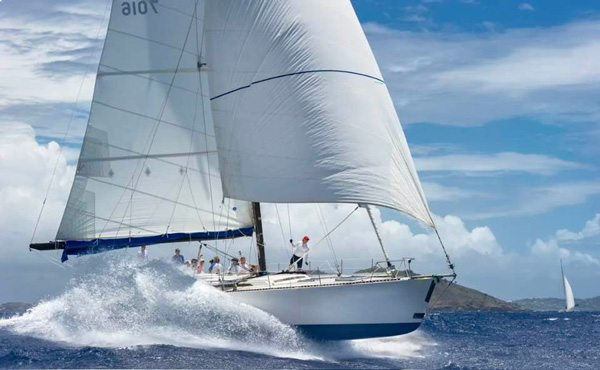
If you want to be like Dave and Kim and still be cruising 27 years after doing a Ha-Ha, this year would be a good year to get started.
The Notice of Rally can be found here and sign-up information here.
I almost forgot about this bit of local buffoonery. The other night, friends here in St. Barth sat next to a table of a dozen or so people. Their bill — meaning the other people’s bill — came to $50,000. It must have been the wine. Or maybe all the starters.
Wish you were here.
Well, we don’t imagine too many people looking forward to a $50,000 dinner bill. But we do imagine most sailors would be happy with their bill when dining out locally in Mexico. Get onboard and sign up for the 2024 Baja Ha-Ha and maybe you too will be cruising well into your 70s and 80s.
Trust Rubicon Yachts With Your Next Boat Purchase
Rubicon spends more time with buyers and sellers than any other Bay Area yacht brokerage. This hard work translates into more boats being sold and more boats for sale. Our brokers are in the office day and night listing and selling boats because it’s what they love to do. Stop by one of our six locations to get started.
Sailing to Catalina Island — The Great Escape Close to Home
Latitude 38 contributor and podcast host Ryan Foland relates some lessons learned while sailing just 25 miles to Catalina Island, right off the coast from the 20 million people in Southern California.
After spending 10 blissful days sailing to Catalina Island on my 1977 Cal 34 sailboat, BINGO II, and being completely offline, I’ve returned to land with a renewed sense of clarity and calm. In our hyper-connected world, it’s easy to lose touch with the simple pleasures and deeper connections that make life truly fulfilling. My time offline not only provided a much-needed break from digital distractions but also offered valuable insights and experiences that I am now striving to incorporate into my daily routine. Here are the 10 lessons I learned during my digital detox and how they have positively impacted my life since returning to the grind.
Deeper Connections With Those Around Me.
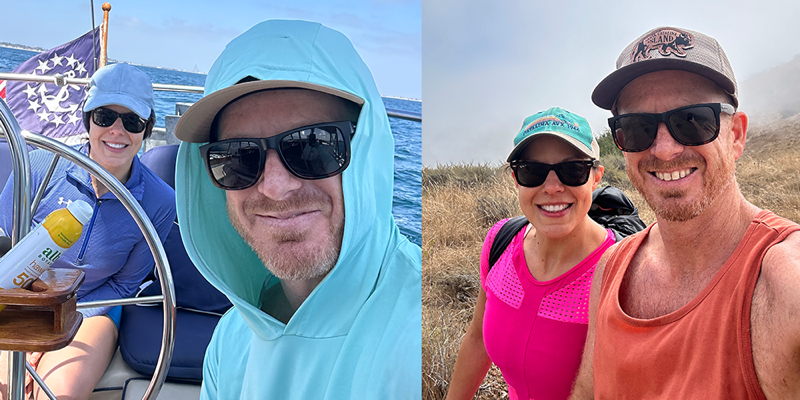
Without the constant buzz of notifications, I found myself engaging in more meaningful conversations with those around me. Traveling with my wife, Cynthia McKee, PhD, she was the person I connected with the most. Our time together, free from digital interruptions, became incredibly valuable. We shared stories and laughter, and deepened our bond in a way that only undistracted time allows.
Rediscovering the Joy of Reading.
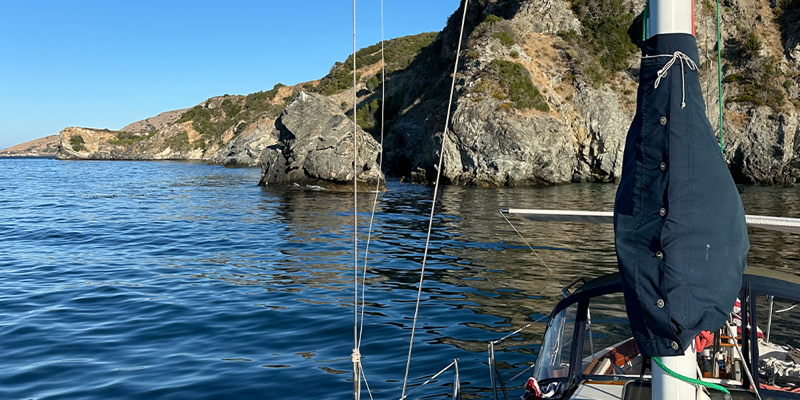
I finally had the time to delve into a book that had been gathering dust on my shelf. Immersing myself in its pages reminded me of the pleasure of uninterrupted reading. It was a delightful escape and a powerful reminder of the importance of making time for personal enrichment.
The Art of Slow Cooking and Enjoying Meals.
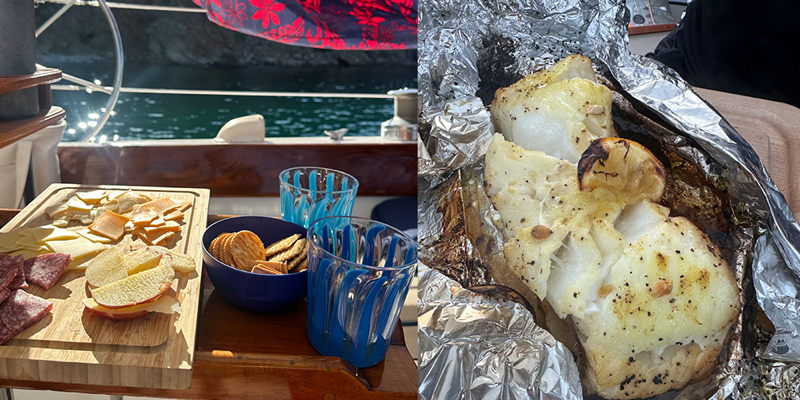
With no rush to check emails or scroll through social media, I took my time preparing and savoring meals. Cooking became a meditative activity, and I discovered new recipes and flavors. One of my favorite meals was white sea bass, which we enjoyed leisurely while soaking in the serene surroundings. Each meal turned into a cherished ritual, highlighting the joy of slow, mindful living.
Embracing Nature.
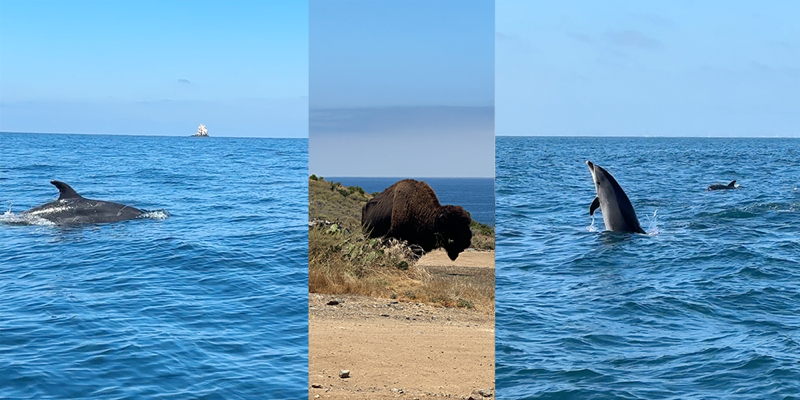
Being offline allowed me to fully appreciate the beauty of my surroundings. We saw dolphins, sunfish, deer, and bison, and I spent hours walking, swimming, snorkeling, and collecting shells. One shell stood out to me, perfectly imperfect, showing its age and wear. These activities reconnected me with nature and provided a profound sense of peace and wonder that’s often lost in our busy lives.
Better Sleep Patterns.
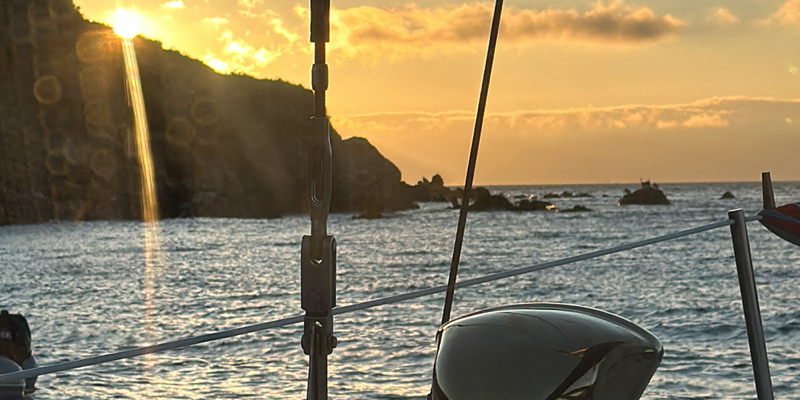
Without the temptation to stay up late browsing the internet, I found myself going to bed earlier. The natural rhythm of the days at sea helped regulate my sleep cycle, leading to more restful nights and refreshed mornings. Good sleep proved to be a cornerstone of overall well-being.
Cultivating Calm and Peace.
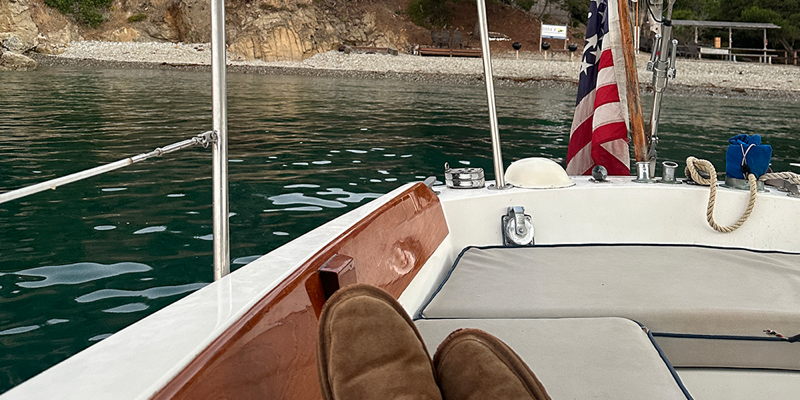
The absence of digital noise brought an overwhelming sense of calm. Nestled into quiet coves and anchored with no other boats in sight, we watched sunsets and sunrises that soothed our souls. I noticed a significant reduction in stress and anxiety, replaced by a serene and peaceful mindset. This tranquility allowed me to fully enjoy the present moment and approach each day with a relaxed attitude.
Enhanced Focus.
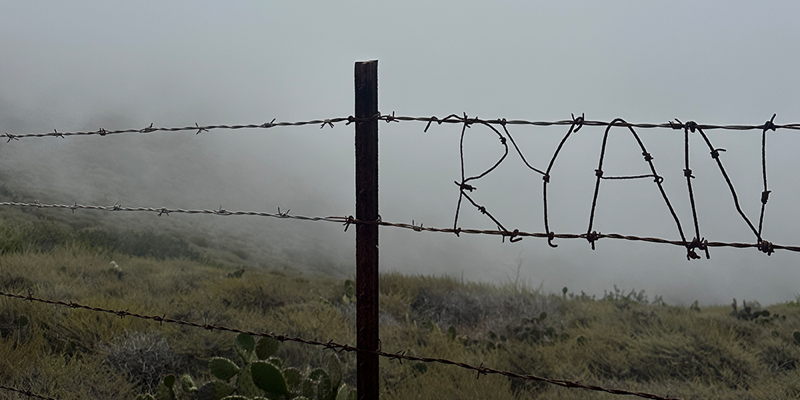
Being disconnected from the constant influx of information helped me concentrate better. I was less distracted and more present in whatever task I was doing. This increased focus translated into more productive and satisfying days. I felt liberated from the demands of instant communication, allowing me to breathe easier and live more freely. This newfound sense of ease has had a lasting impact on my overall stress levels.
Time to Relax and Chill.
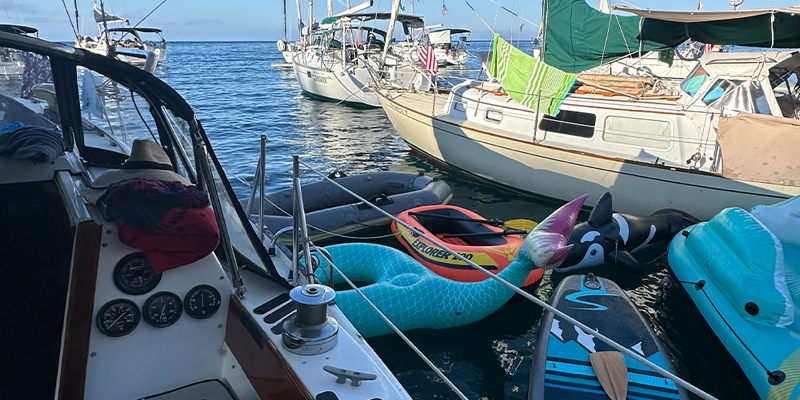
With no digital distractions, I had ample time to relax and unwind. Whether it was lounging on the deck, watching the sunset, or simply doing nothing, I experienced the rejuvenating power of downtime. I even found the luxury of napping, a simple pleasure that often eludes me during busy workdays. It was a reminder of the importance of balancing activity with rest.
Boosted Creativity.
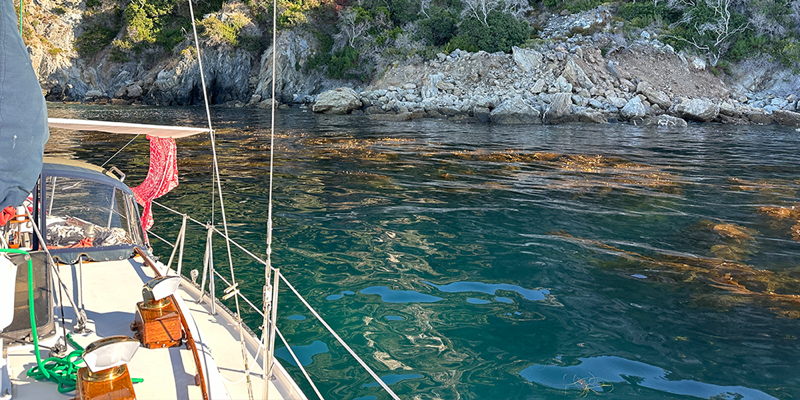
The mental space created by being offline sparked a wave of creativity. I found myself thinking more freely and coming up with new ideas. Whether it was jotting down thoughts in a journal or brainstorming future projects, the creative juices flowed uninhibited.
Incorporating Offline Insights Into Daily Life.
Back on land and reconnected to the digital world, I’ve made a conscious effort to integrate these lessons into my everyday routine. Here’s how I’ve been applying them.
Prioritizing Face-to-Face Interactions: Making time for in-person conversations and truly listening.
Scheduled Reading Time: Dedicating a portion of my day to read without distractions.
Mindful Meals: Continuing to enjoy cooking and savoring each meal without rushing.
Nature Breaks: Taking regular walks and spending time outdoors to stay connected with nature.
Consistent Sleep Schedule: Sticking to an early bedtime and valuing quality sleep.
Daily Relaxation: Setting aside time each day to unwind and relax.
Focus Techniques: Using techniques like the Pomodoro method to maintain focus and productivity.
Creative Outlets: Engaging in activities that stimulate creativity, such as journaling or brainstorming sessions.
Digital Boundaries: Establishing boundaries to reduce the pressure of constant connectivity, like designated offline times.
By embracing these practices, I’ve found a way to balance the demands of being connected with the tranquility of offline life. And all it took was a few days at sea to remind me of the importance of being disconnected in such a connected world. That is one of the reasons I love to get out on the ocean, as it helps me see life as a journey of maintaining harmony and well-being in a world that never stops.
What do you think you would learn if you spent 10 days offline?
The good news is that you don’t have to spend 10 days at sea to implement some of these lessons, starting today.
High School Highs to Annapolis and Back
If there is one takeaway for San Francisco Bay’s high school sailors after racing in Annapolis, it’s a wish: more, please. Rhett Krawitt said, “It’s hugely valuable for a local team to get into the national scene. I learned so much, and it’s a win for the foundations that supported us, that supported the whole community.”
We might add, a win for the people who support the foundations, but we’ll come back to that. Northern California high school teams aren’t used to traveling farther than Los Angeles or San Diego. However, in April, Redwood High won the inaugural Northern League Championship title and a trip to the Phebe King Memorial Regatta on June 1-2. The regatta was sailed in Annapolis YC’s favored waters for dinghy racing, between the Severn Sailing Center and the US Naval Academy across the way.
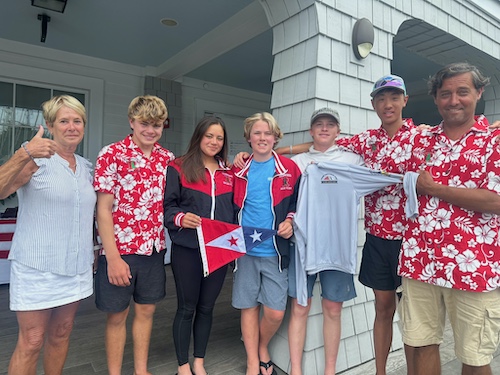
The best thing about going to the East Coast, Krawitt said, “was sailing against a new group of people. I would love to go back for another chance to win.” His teammate Henry Vare added, “I was curious about the East Coast competition. It’s tough, but getting to know new people was the best.”
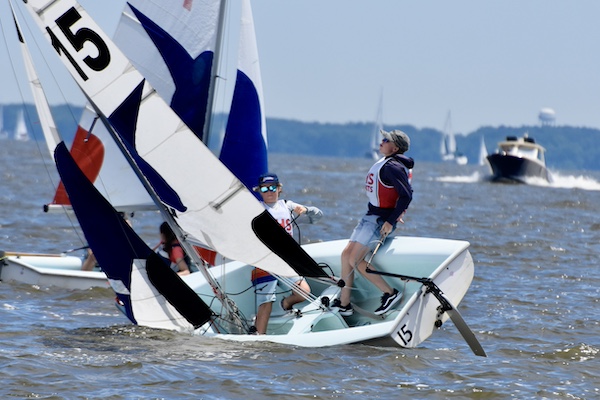
Yes, this sailing thing is about water and boats, but if you listen closely, it’s always about the people. Redwood placed sixth among 18 teams (including the 2024 national champions, Severn School). Redwood had top finishes, plus a few to make you wish that high school sailing would drop worst scores. (It doesn’t.) It’s not making excuses to recognize that Redwood’s sailors were new to the class they were sailing, suddenly new to a patch of water “blessed” with peculiarities, and not fully rested from a red-eye flight and a day of touring the Maryland State House and the Naval Academy. Back home, Redwood High was still in session. The travel window was short. But no regrets, just, “more, please.”
Easier wished than done, but you gotta start somewhere. The racing kicked off in 3-4 knots, but a lot of 8-10 followed, with highs of 12 knots. “When it fills there, it’s solid,” Vare said. But there was one wacky episode, as Krawitt described, “when the breeze was coming across Annapolis, so it was shifty, and then it split and was coming from the left of the peninsula that Severn sits on, and it was also coming from the right.” So, do you put it all on Red Four, or Black Five? Welcome to Annapolis.
There is no way to experience that except to go. High school travel regattas, however, are hard to come by. The Phebe King is a rare invitational. Otherwise, California high school teams have to place at the top of the Pacific Coast Championship to earn a place at the Nationals, and those top places are dominated by Southern California schools that proudly pump money and extra coaching into their teams. Placing top 10 at the PCCs is a frequent achievement for NorCal schools. Top five is a brick wall. It starts with the culture.
Sailing is not even an official sport on Doherty Drive in Larkspur, where Redwood shares a swath of the flats with four other schools. Official sport or not, the powers that be at Redwood High have seen fit to place the Northern League Championship trophy on display. We’ll call that a win.
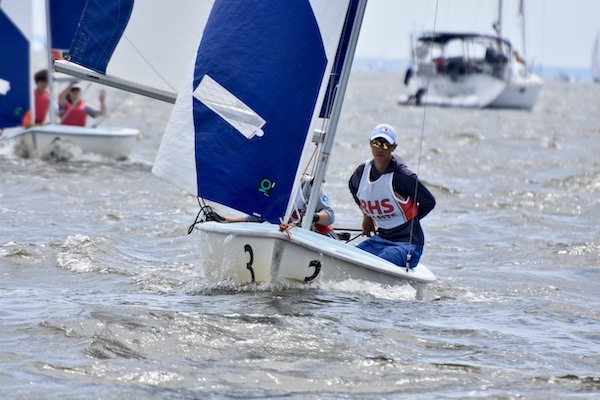
It’s a special trophy, historic, repurposed for a new life. Five foundations joined forces to fund the travel regatta as a bonus, to inject a dose of energy into our youth sailing. This was a community effort that rallied all points of San Francisco Bay. The Richmond Yacht Club Foundation was quick to say yes to a proposal to send the Northern League Champions to Annapolis, no matter who that turned out to be. The Encinal Yacht Club Sailing Foundation was a solid supporter from the get-go in 2019, when we floated the concept, little imagining that 2020 would set us back four years. Peninsula Youth Sailing Foundation, which hosted the Northern League Championship, got into the game along with the robust St. Francis Sailing Foundation and Belvedere Cove. The San Francisco Yacht Club is home to Redwood’s team and to Belvedere Cove, and like all the foundations, they were unwavering even when we were swimming in unknowns.
For supporters of youth sailing, this was a thing of beauty, and it goes without saying, but it can never be said enough, that it is the people who support the foundations who are the “foundation” of it all.
So, 2025? It’s back to unknowns. We’re testing the breeze.
Listen to a conversation with Kimball Livingston on our Good Jibes podcast #143.
Steering the Dream With Hydrovane
Hydrovane is your best crew member: an independent self-steering windvane and emergency rudder/steering system … ready to go!


